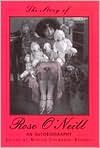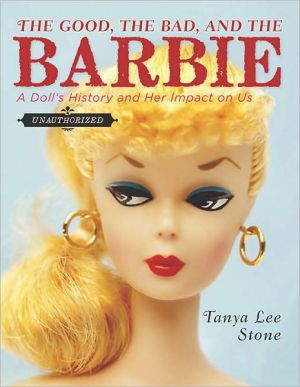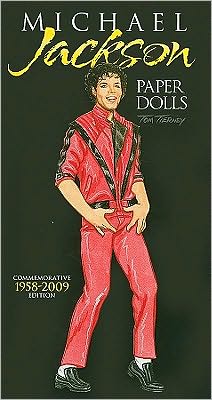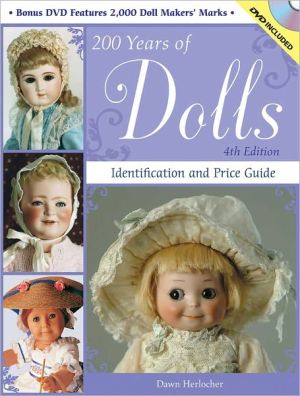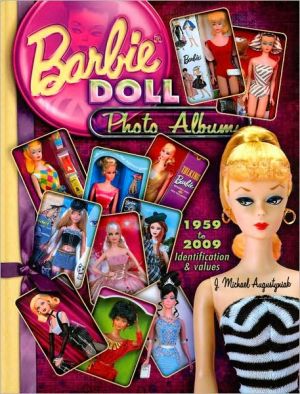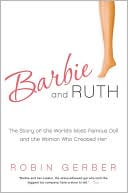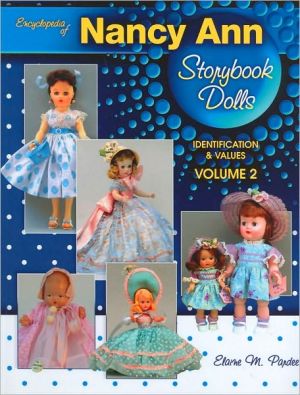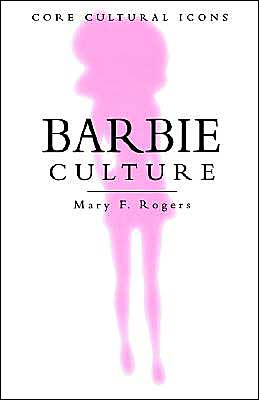The Story of Rose O'Neill: An Autobiography
To most of us, Rose O'Neill is best known as the creator of the Kewpie doll, perhaps the most widely known character in American culture until Mickey Mouse. Prior to O'Neill's success as a doll designer, however, she already had earned a reputation as one of the best-known female commercial illustrators. Her numerous illustrations appeared in America's leading periodicals, including Life, Harper's Bazaar, and Cosmopolitan. While highly successful in the commercial world, Rose O'Neill was also...
Search in google:
To most of us, Rose O'Neill is best known as the creator of the Kewpie doll, perhaps the most widely known character in American culture until Mickey Mouse. Prior to O'Neill's success as a doll designer, however, she already had earned a reputation as one of the best-known female commercial illustrators. Her numerous illustrations appeared in America's leading periodicals, including Life, Harper's Bazaar, and Cosmopolitan. While highly successful in the commercial world, Rose O'Neill was also known among intellectuals and artists for her contributions to the fine arts and humanities. In the early 1920s, her more serious works of art were exhibited in galleries in Paris and New York City. In addition, she published a book of poetry and four novels.Yet, who was Rose Cecil O'Neill? Over the course of the twentieth century, Rose O'Neill has captured the attention of journalists, collectors, fans, and scholars who have disagreed over whether she was a sentimentalist or a cultural critic. Although biographers of Rose O'Neill have drawn heavily on portions of her previously unpublished autobiography, O'Neill's own voice--richly revealed in her well-written manuscript--has remained largely unheard until now.In these memoirs, O'Neill reveals herself as a woman who preferred art, activism, and adventure to motherhood and marriage. Featuring photographs from the O'Neill family collection, The Story of Rose O'Neill fully reveals the ways in which she pushed at the boundaries of her generation's definitions of gender in an effort to create new liberating forms.Publishers WeeklyRose O'Neill, magazine illustrator, creator of the Kewpie doll and author, led an unusual life for a woman born in Missouri in 1878. Her nontraditional lifestyle started with her parents: her father stayed home with the many children, barely eking out a living as a farmer, while her mother worked as a schoolteacher. Once O'Neill left homefirst to appear in a play in Chicago and then to New York, where she lived in a convent, to pursue her art studiesshe took charge of her life as if she knew all along how to do so. She got assignments as a magazine illustrator and later negotiated complicated manufacturing and royalty deals for her Kewpie dolls. O'Neill married twice, although she spent most of her life living with her sister Callista, who also worked with her. Her life story, as recounted in an unfinished manuscript left to relatives when she died, is full of wonderful comments showing her zest for life and her unwillingness to settle into conventional roles. For example, in describing her second husband, Harry Leon Wilson, O'Neill says, "We were engaged almost at once but there difficulties in our rapport. Many times when we would be at a beach perhaps for dinner and a swim he would become silent, avert his eyes and leave without explanation. When I asked him why, he said: `If you could understand, you wouldn't have to ask.'" Although best known for the little cupids ("Kewpies") she first drew and then designed to be molded in plasticine, O'Neill was also a novelist (Garda), and her friends tended to be other creative sorts of her dayWitter Bynner, Charlotte Perkins Gilman, Kahlil Gibran, Lillian Fiske. O'Neill has a deceptively simple style that is well suited to conveying her feelings and observations without seeming self-indulgent. The book is an interesting portrait of a woman whose accomplishments would be remarkable today, let alone earlier this century. Illustrations not seen by PW. (May)
\ Publishers Weekly - Publisher's Weekly\ Rose O'Neill, magazine illustrator, creator of the Kewpie doll and author, led an unusual life for a woman born in Missouri in 1878. Her nontraditional lifestyle started with her parents: her father stayed home with the many children, barely eking out a living as a farmer, while her mother worked as a schoolteacher. Once O'Neill left homefirst to appear in a play in Chicago and then to New York, where she lived in a convent, to pursue her art studiesshe took charge of her life as if she knew all along how to do so. She got assignments as a magazine illustrator and later negotiated complicated manufacturing and royalty deals for her Kewpie dolls. O'Neill married twice, although she spent most of her life living with her sister Callista, who also worked with her. Her life story, as recounted in an unfinished manuscript left to relatives when she died, is full of wonderful comments showing her zest for life and her unwillingness to settle into conventional roles. For example, in describing her second husband, Harry Leon Wilson, O'Neill says, "We were engaged almost at once but there difficulties in our rapport. Many times when we would be at a beach perhaps for dinner and a swim he would become silent, avert his eyes and leave without explanation. When I asked him why, he said: `If you could understand, you wouldn't have to ask.'" Although best known for the little cupids ("Kewpies") she first drew and then designed to be molded in plasticine, O'Neill was also a novelist (Garda), and her friends tended to be other creative sorts of her dayWitter Bynner, Charlotte Perkins Gilman, Kahlil Gibran, Lillian Fiske. O'Neill has a deceptively simple style that is well suited to conveying her feelings and observations without seeming self-indulgent. The book is an interesting portrait of a woman whose accomplishments would be remarkable today, let alone earlier this century. Illustrations not seen by PW. (May)\ \ \ \ \ BooknewsO'Neill 1874-1944<-->creator of the Kewpie doll, commercial illustrator, philanthropist, poet and novelist<-->reveals herself as a woman who preferred art, activism and adventure to motherhood and marriage. Her unfinished manuscript demonstrates the ways in which she pushed at the boundaries of her generation's definitions of gender in an effort to create new liberating forms. Annotation c. by Book News, Inc., Portland, Or.\ \ \ Kirkus ReviewsThis memoir by the creator of the once popular Kewpie figure lacks the literary strength to raise it above a mere curiosity.\ Until the advent of Mickey Mouse, the elfin Kewpies (" `baby talk' for Cupid") were, as one merchandiser told her, "the greatest success . . . in the history of toys." Introduced by illustrator O'Neill in 1909, they appeared in magazines for decades, generating goodwill and spawning books, dolls, clubs, even leading one periodical to declare a need for a "Religion of the Kewpies." Agreeably androgynous and unconventional, they reflected their creator's interests. A respected writer and artist, she often investigated the melding of male and female identities in her works—all the while maintaining her mainstream position as America's leading female illustrator. Such variety, plus two marriages, role-reversing parents, and a wayfaring life, could constitute a fascinating life story. However, in aiming, as the editor (a historian at the University of Missouri, Kansas City) says, "to dissolve the boundaries between male and female form" by fusing linear male narrative with personal female observations, O'Neill porduced an autobiography that makes for an interesting experiment but not an absorbing experience. There's not enough about family and artistic development here, and the text is burdened with too much antique reportage ("Booth and Louisa took Harry and me to Pierrefonds" and the like). Wealthy and famous, O'Neill retired to the Ozarks in the 1930s.\ Florid writing and lack of drama rule out a popular readership, though as a record of the artistic concerns of a distinctive woman and shaper of popular sensibilities, it may be useful for historians.\ \ \
